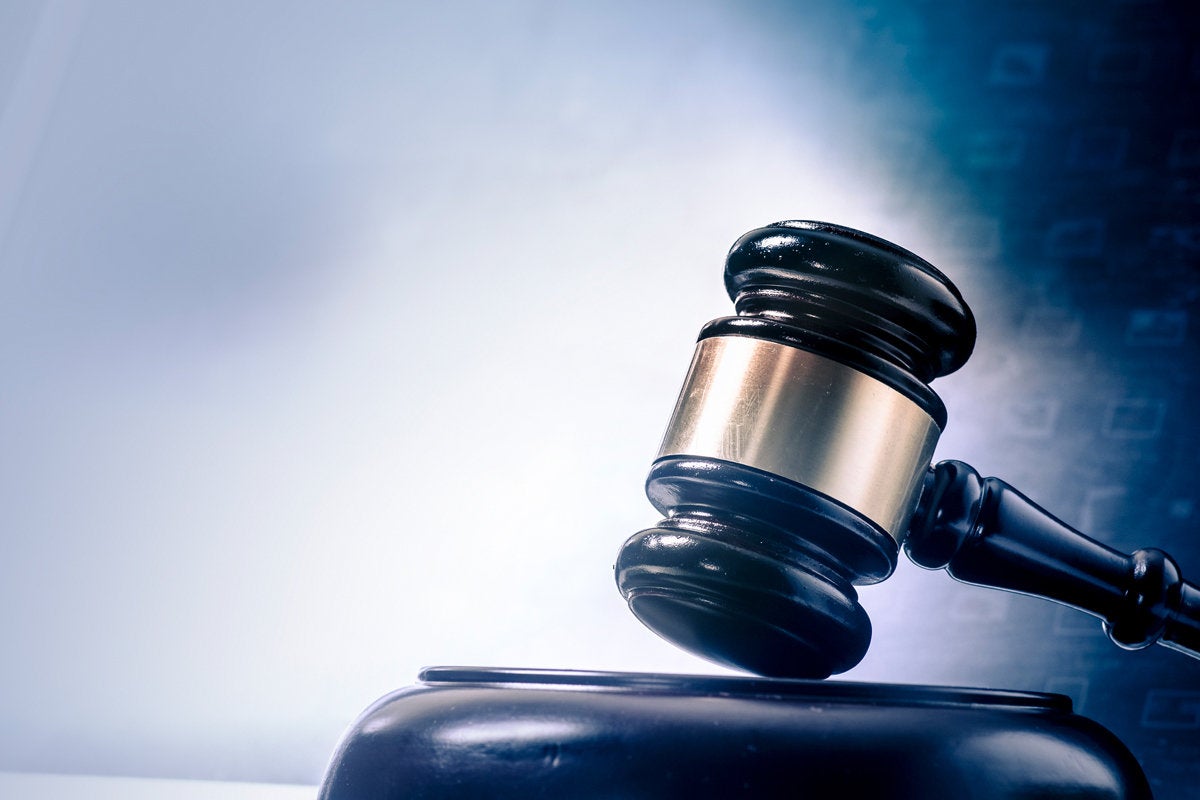Description
Data governance involves the supervision, monitoring, and control of an organizations data assets. Its main concerns are data quality, appropriateness, and cost effectiveness of the controls. It is difficult because organizations typically have a lot of old data, which is of unknown quality.
- Imagine that you must collect and assess the quality and appropriateness of data held by a large multinational organization. What steps would you take? Include how you would address network, security, and ethical considerations when deciding what data to collect from the company.
- Explain the kinds of support youll need and how you will obtain resources and cooperation. This is not a job you can do on your own!
- Be sure to respond to at least one of your classmates posts.
- Attached are other student post
- Data governance should begin with the discovery of the data that needs to be assessed. Working with the MIS team at the company we will need to determine if the data is a fixed set of information or if the data is being developed in real-time. Once the data has been gathered and we are aware of the data the analysis can begin. The MIS team and auditor team will work together to develop the data gap analysis. In this analysis, we will determine if the data is accurate. Working with the team we will develop data stewardship to ensure that once the data is reviewed and analyzed the policies and procedures we put in place will be followed in the future. Since the data is likely to be secure data we will need to have anyone working on this project complete a compliance sign-off and non discolsure. My suggestion would be to develop an internal team to complete oversight between audit visits. Because data integrity can either make or break a company, my suggestion is to have a company on standby such as KPMG (1) that would be will to do audits at the best determined time. KPMG will be able to make recommendations on the software and tools that will best support the company and data integrity as well. Once the master data management is in place a governance team will need to ensure that the policies are followed closely. If policies are only written but not enforced the data runs the jeopardy of becoming invalid and obsolete.
- Class,
Many of us are working adults, who work for companies that are always seeking to gain an edge over their competition. Data plays a vital role in gaining that edge, therefore, organizations are scrambling to get Data governance implemented. My recommendation to collecting the necessary data would be to collaborate with the teams that own the processes and systems. This collaboration should include executives from different levels of the organization, experience data management specialists, IT operations, and let’s not forget end-users. An end-user has a different viewpoint of the data and they can give valuable insight on the relevance of the data. With this group of experts, my goal would be to capture quality and appropriate data sets relying on them to give guidance.
The first step is to organize a data governance committee, this is the group of people that we are collaborating with, their jobs are to guide the decisions on the data being collected and to serve as an ethical board.
Next is to step up a VPN (virtual private network) with two-factor authentication specifically for authorized users that are working to compile the data, this way we can track who had access to the data and at what time, in the event of a data breach. I believe that this is a crucial step in mitigating any potential risk against the data being managed.
Before we start the execution of collecting the data we would need someone to vet an validate the data. This is where data stewards would play a vital role to make sure the data being compiled is not duplicated.
I would use both internal and external resources to get the job done, hiring vendors and contractors where needed and as needed. For internal resources, I would seek out subject matter experts with buy-in from functional managers.
Overall this undertaking will take time and effort from a lot of people within the organization. Therefore it must be done in phases to achieve the high potential of data integrity.Source:
Data Governance – What, Why, How, Who & 15 Best PracticesLearn what data governance is, why it’s important, benefits of, how to get started, who’s involved and 15 data governance best practices. Start reading now!Enterprise Master Data Management Profisee Data governance: A best practices framework for managing data assetsData governance defines roles, responsibilities, and processes for ensuring accountability for and ownership of data assets across the enterprise.Thor OlavsrudCIO
Data governance: A best practices framework for managing data assetsData governance defines roles, responsibilities, and processes for ensuring accountability for and ownership of data assets across the enterprise.Thor OlavsrudCIO
GRIFFIN, J. (2010). Data Governance: What Right Looks Like. Information Management (1521-2912),20(4), 3132.<!–Additional Information:Persistent link to this record (Permalink): http://libdatab.strayer.edu/login?url=https://search.ebscohost.com/login.aspx?direct=true&db=bth&AN=52725170&site=edslive&scope=site






